Unsaturated Polyester Resin (UPR): High-Performance Polymer
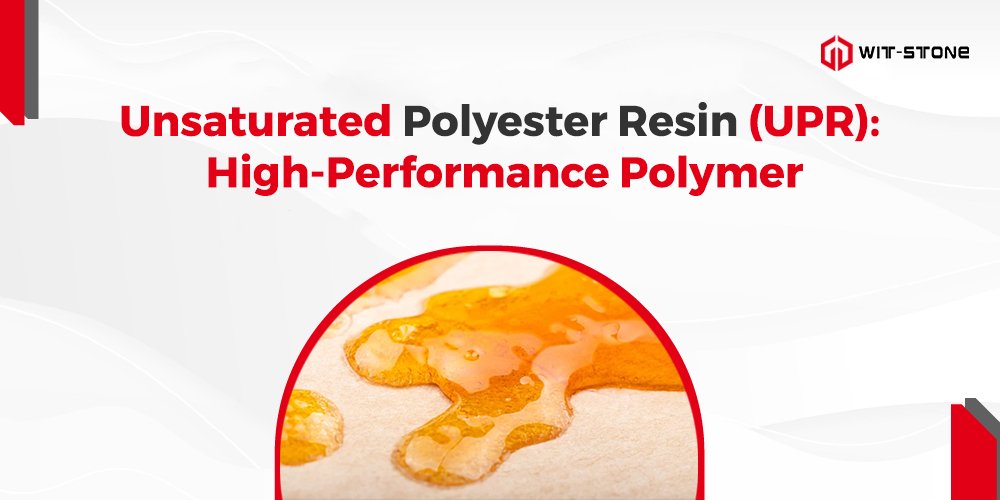
Catalog
1. Introduction
Unsaturated Polyester Resin (UPR) is a thermosetting polymer produced by polycondensation between dibasic acids (e.g., maleic, fumaric, phthalic, isophthalic, terephthalic acids) and diols (e.g., ethylene glycol). The resin is typically dissolved in a reactive diluent, most commonly styrene, resulting in a yellowish, viscous liquid.
Once a free-radical initiator (e.g., benzoyl or methyl ethyl ketone peroxide) and a promoter (e.g., cobalt salts) are added, UPR cures into a rigid, cross-linked solid via exothermic styrene-mediated bin‑polymerization.
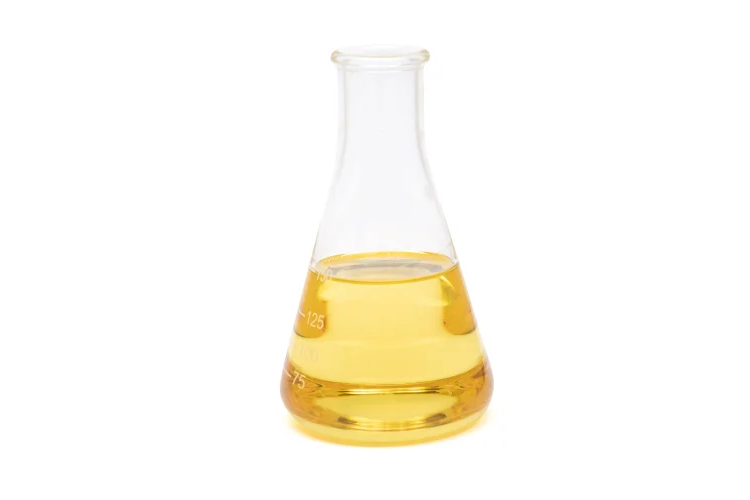
2. Key Properties
Corrosion resistance: Exceptional durability in acids, alkalis, solvents, and salts—ideal for pipelines, tanks, and fittings.
Mechanical strength & low density: With densities around 1.2–1.5 g/cm³, UPR composites are lightweight yet strong—supporting applications like FRP tanks, pipes, and structural panels.
Thermal insulation: Low thermal conductivity (~0.3–0.4 Kcal/m·h·°C) makes UPR composites suitable for heat-resistant applications.
Electrical insulation: Excellent dielectric characteristics remain stable at high frequencies—used in electrical enclosures, cable supports, and mine equipment housings .
Chemical flexibility: Easily formulated (orthophthalic, isophthalic, DCPD-modified, etc.) to tailor performance characteristics (e.g., abrasion or fire resistance).

3. Production and Classification
UPR starts as a liquid mixture of polyester prepolymer and styrene. It’s cured using organic peroxides and promoters, transforming into a cross-linked matrix.
Major resin types include:
Orthophthalic, Isophthalic, Terephthalic: vary in chemical resistance and mechanical properties.
DCPD-modified: improved impact resistance and thermal stability.
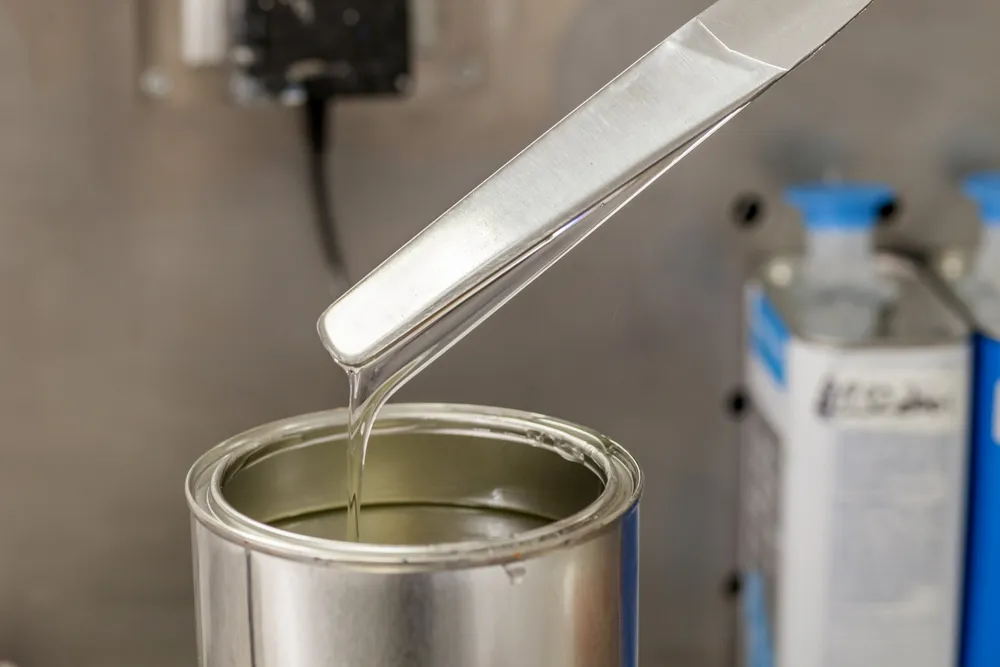
4. Applications in Chemical Industry
Corrosion-resistant infrastructure
FRP tanks, pipes, scrubbers, and vessels for handling acids, alkalis, solvents, and salt solutions.
Cured-in-place-pipe (CIPP) linings for sewer rehabilitation, offering long-term chemical resistance.
Electrochemical environments
Linings for electroplating baths, electrolyzers, and housings for instrumentation, thanks to stable dielectric and corrosion properties.
Process equipment
Used for mixers, funnels, and tanks in petrochemical and pharmaceutical plants due to chemical compatibility and ease of molding.

5. Applications in Mining and Mineral Processing
Mine bolt anchors
UPR-based mortar/bonding resins are used for rock bolt anchorage—mechanical support and chemical resistance in underground mines.
Chemical-resistant linings
Linings for slurry pipelines, flotation tanks, pickling baths, filter press media, and bulk handling chutes exposed to acidic or abrasive slurries.
Composite structures
Pultruded or filament-wound FRP components for wear- and corrosion-resistant hoods, ducting, hopper liners, and acid-resistant tanks in beneficiation plants.
Infrastructure panels
Roofing, flooring, platforms and walkways in chemical-mine-processing plants require corrosion- and impact-resistant UPR-GRP composite panels .
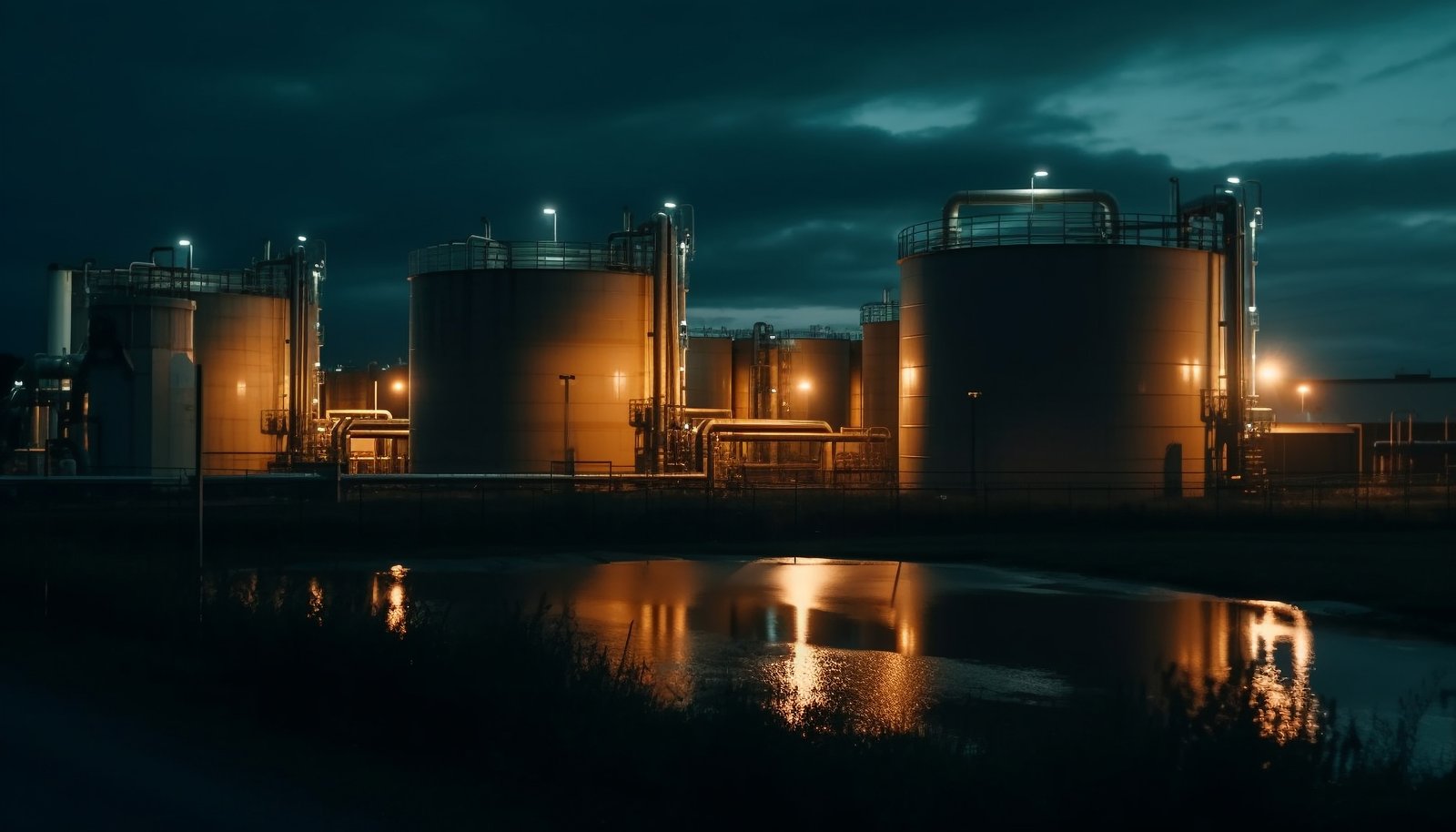
6. Other Industrial and Non‑Fiberglass Uses
Construction: Roof sheets, wall panels, façade elements, bathroom fixtures, water tanks, and roofing membranes .
Transport & marine: Boat hulls, automotive SMC/BMC parts (bumpers, panels), wind‑turbine blades, train interiors, and protective enclosures.
Decorative products: Artificial stone for countertops, gel‑coats, casting for buttons and crafts.

7. Market Trends & Innovation
Strong global growth: Market projected to rise from ~USD 12.2 bn (2022) to USD 20.9 bn by 2030 at 7.1% CAGR, driven by construction, marine, automotive, and pipelines.
Regional leadership: Asia-Pacific dominates (~58% share), followed by North America and Europe .
Sustainable development: Increasing TPS/R&D into bio-based and recycled UPR (e.g., Ineos Envirez, Schill + Seilacher polyvertec) to reduce petrochemical reliance.
Additives and specialization: UV stabilizers, flame retardants, abrasion-resistant fillers enhance performance in demanding mining and chemical applications .
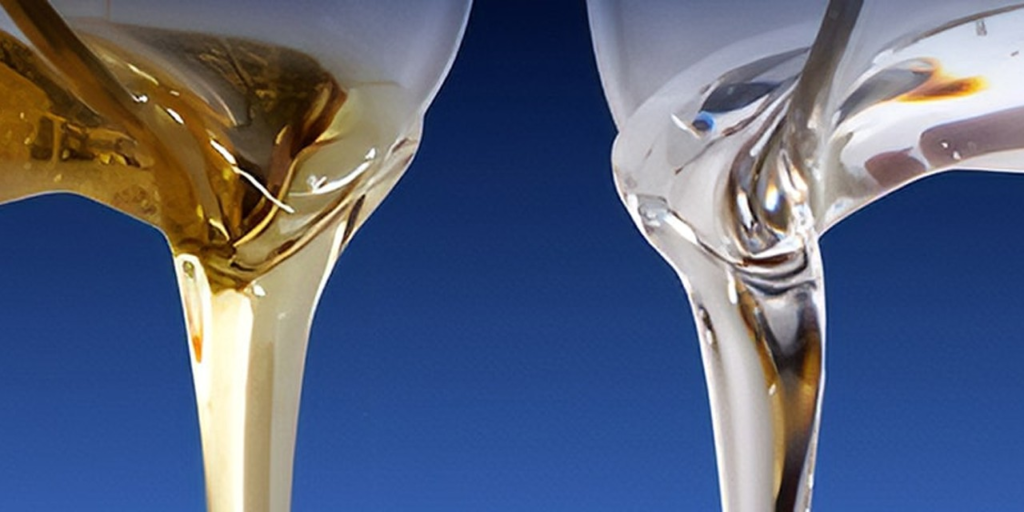
8. Advantages & Limitations
Advantages:
Excellent chemical and corrosion resistance
Lightweight yet strong composites
Good electrical insulation
Cost-effective versus epoxy or vinyl ester resins
Versatile across molding techniques (hand lay-up, SMC/BMC, pultrusion, RTM)
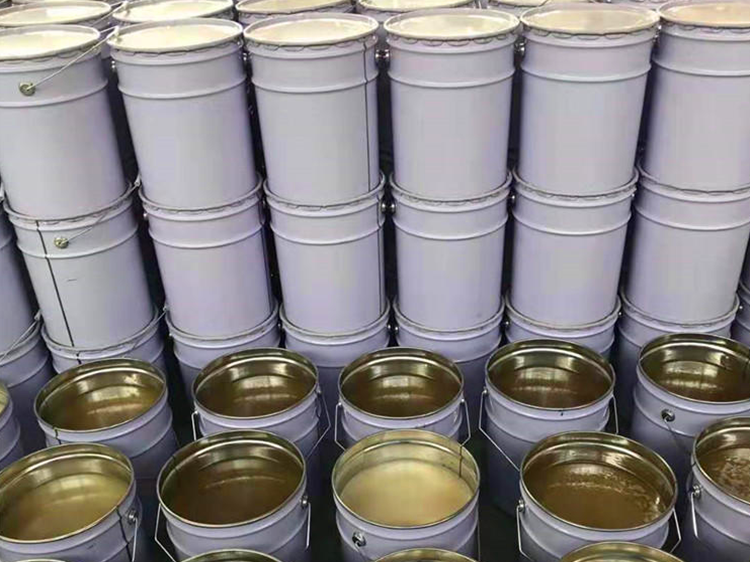
9. Conclusion
Unsaturated Polyester Resin is a versatile, high-performance polymer with significant roles in chemical processing and mining industries—especially in constructing corrosion-resistant tanks, pipes, linings, and structural panels. Its strength, cost-efficiency, and adaptability ensure its continued growth, especially as the industry evolves toward sustainability and higher performance composites.
You can place an order or ask any questions, please feel free to contact at feronia@wit-stone.com | +86-15655559799



